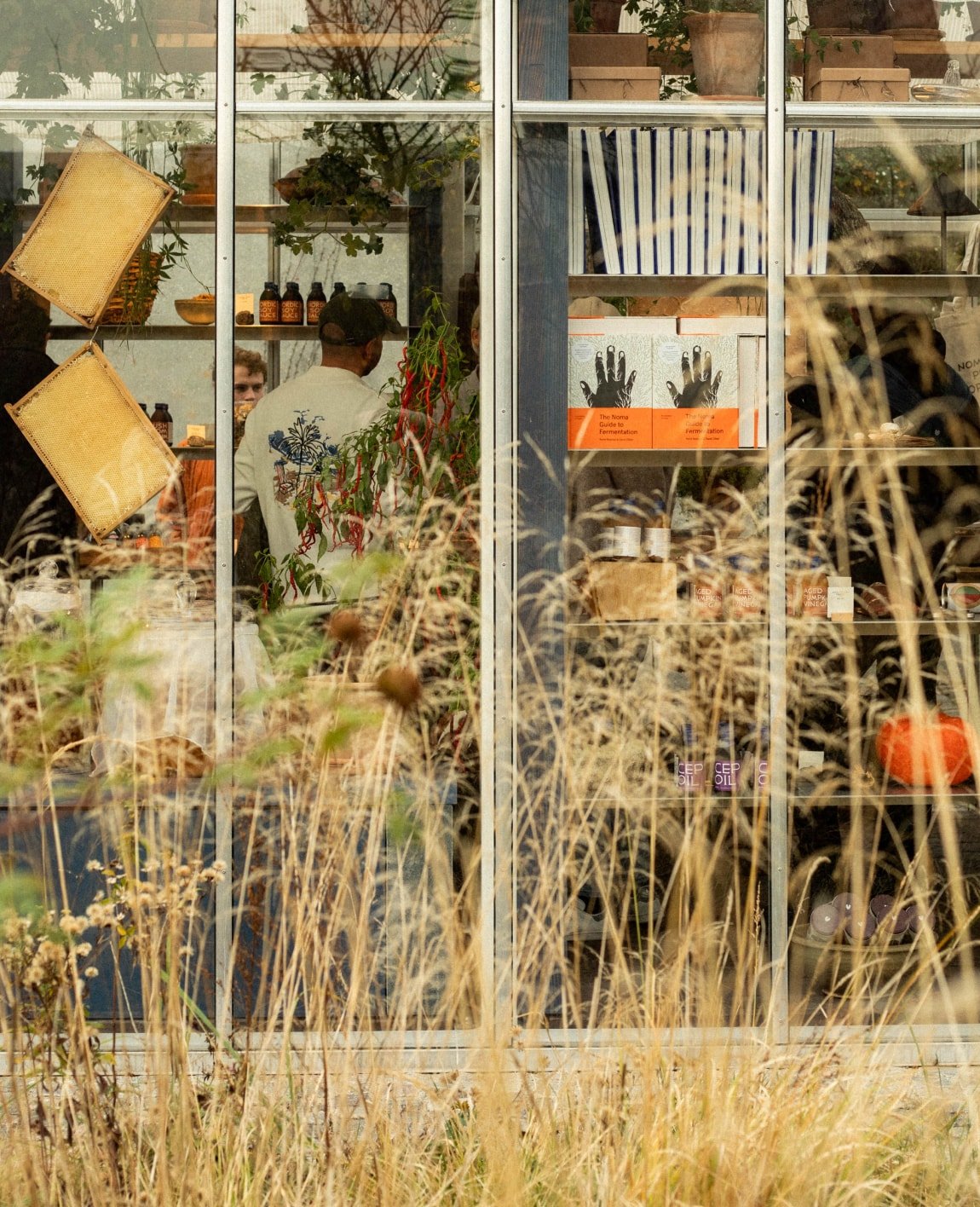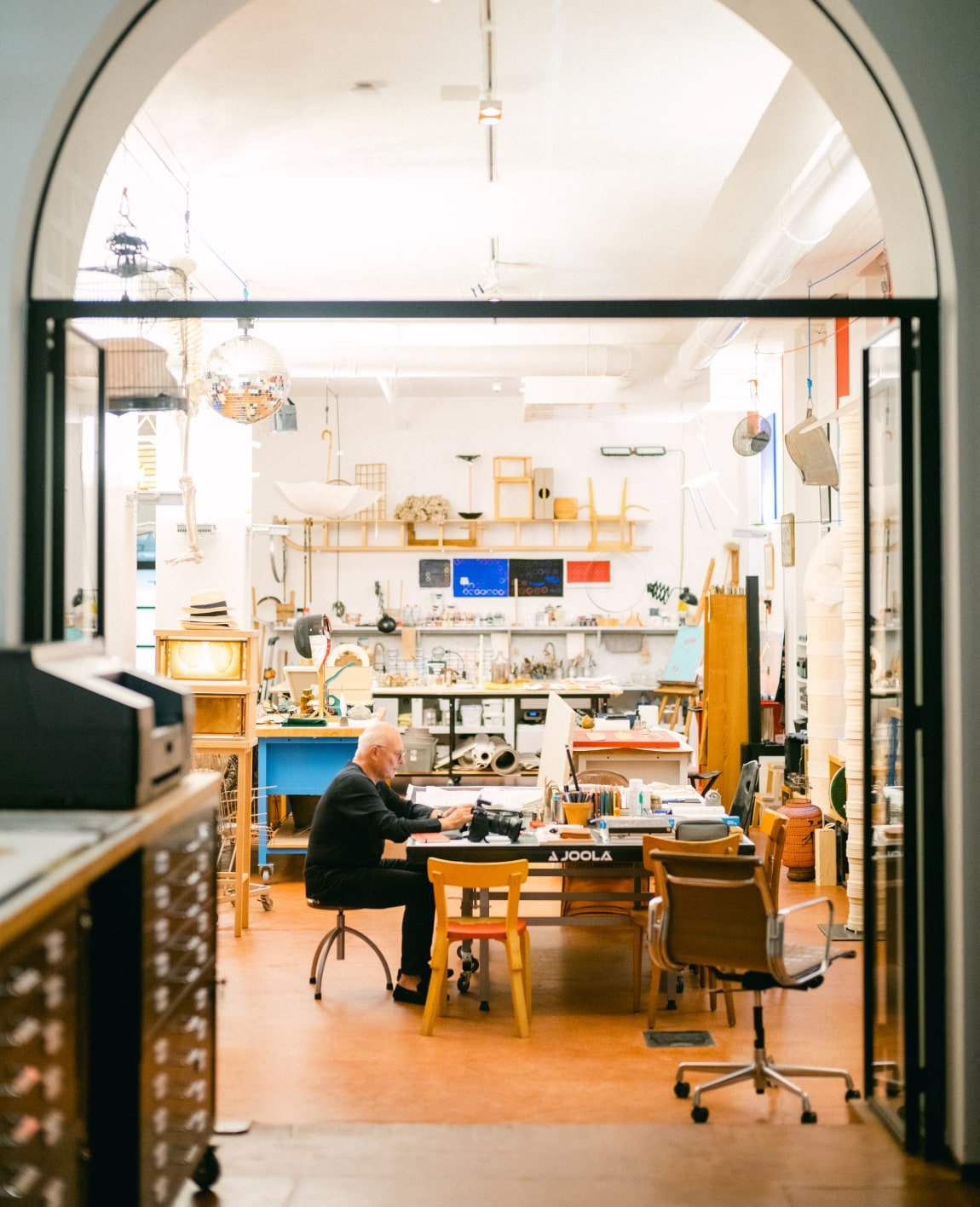Pique Polo Shirt 101
The Smart-Casual Classic, Refined.
Few garments balance ease and elegance quite like the pique polo shirt. It’s a staple in every man’s wardrobe and for good reason: grounded in sport, but grown into something sharper. The polo is that rare hybrid: smart enough for a summer dinner, but relaxed enough for an afternoon at the beach bar. A step up from a T-shirt. A step down from a button-down. Just right.
But this isn’t just about the garment’s versatility. To truly appreciate the pique polo, it’s worth looking at where it came from – and how we’ve reimagined it at Son of a Tailor.
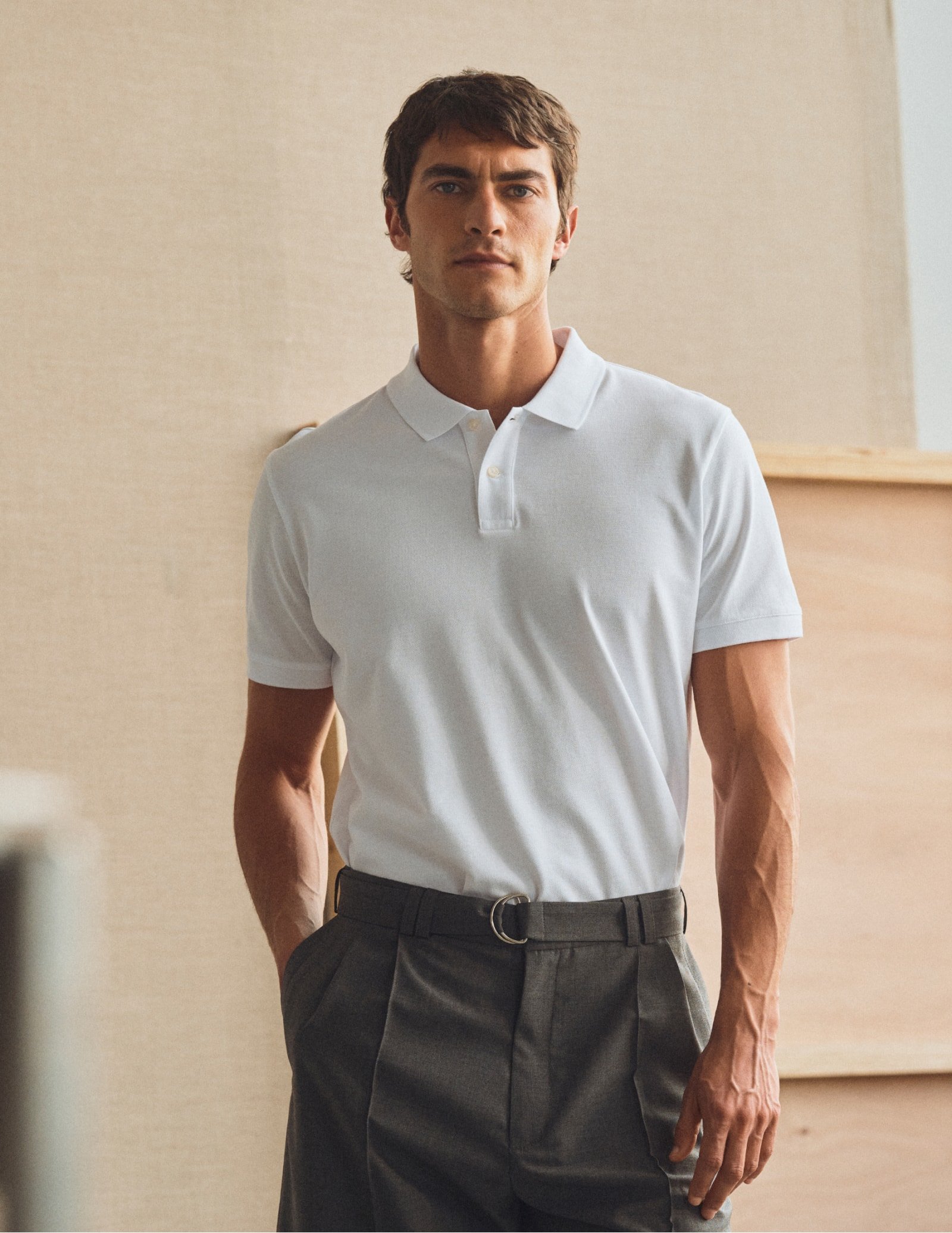
From military grade to American prep
The origin story for the polo shirt is nothing if not storied. In late 19th-century India, British army officers playing polo found their loose cotton shirts unfit for horseback – the collars flapped and got in the way. So they fastened them down with buttons. Simple, functional, and effective. It was the beginning of the collared sports shirt.
The design caught the eye of John E. Brooks of Brooks Brothers, who introduced a refined version in 1896: the long-sleeved Polo Shirt, what we’d typically call an Oxford shirt today. It took off among Ivy Leaguers and helped bridge formal and casual in a way that felt distinctly modern, a trait the polo shirt would carry forward.
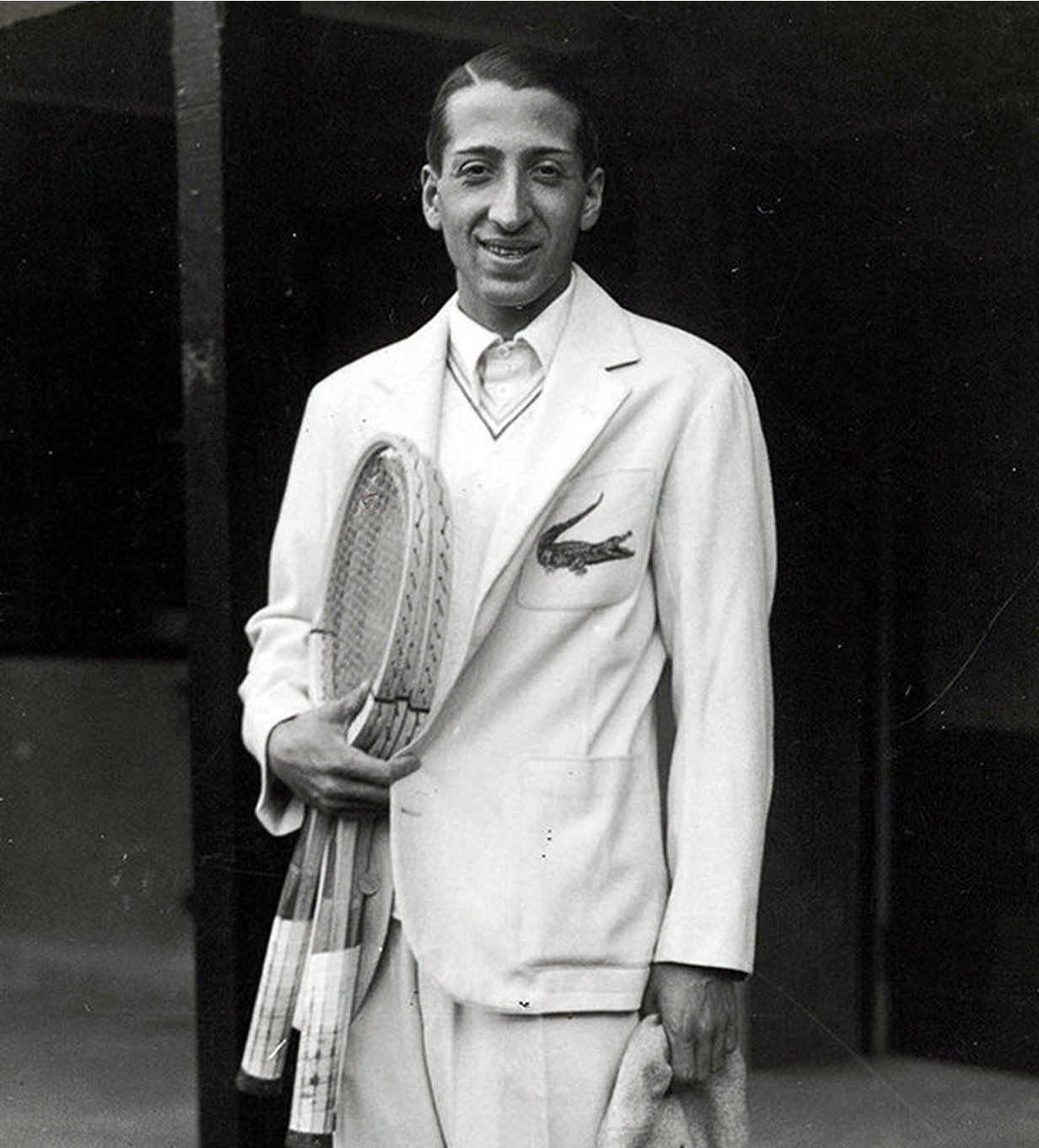
Game, set, match: enter Lacoste
It wasn’t until the 1920s that the polo shirt became “the polo shirt” we recognise today. Frustrated by the stiff and starchy tennis attire of the era (commonly referred to as ‘whites’), superstar French player René Lacoste designed a short-sleeved shirt in breathable pique cotton, complete with a soft collar, longer back hem, and a clean three-button placket.
By 1933, Lacoste was producing the shirt commercially, complete with its iconic embroidered brand logo, in honor of Lacoste’s own professional nickname, ‘le Crocodile’. The modern polo was born.
In the decades that followed, the shirt moved from tennis whites to golf greens, Ivy League campuses, and eventually into mainstream fashion. In the 1970s, Ralph Lauren cemented its place in American style by branding it the “polo shirt,” tying it to a lifestyle of casual sophistication. Since then, it’s become a kind of uniform: worn by presidents, creatives, sportspeople, and everyone in between.
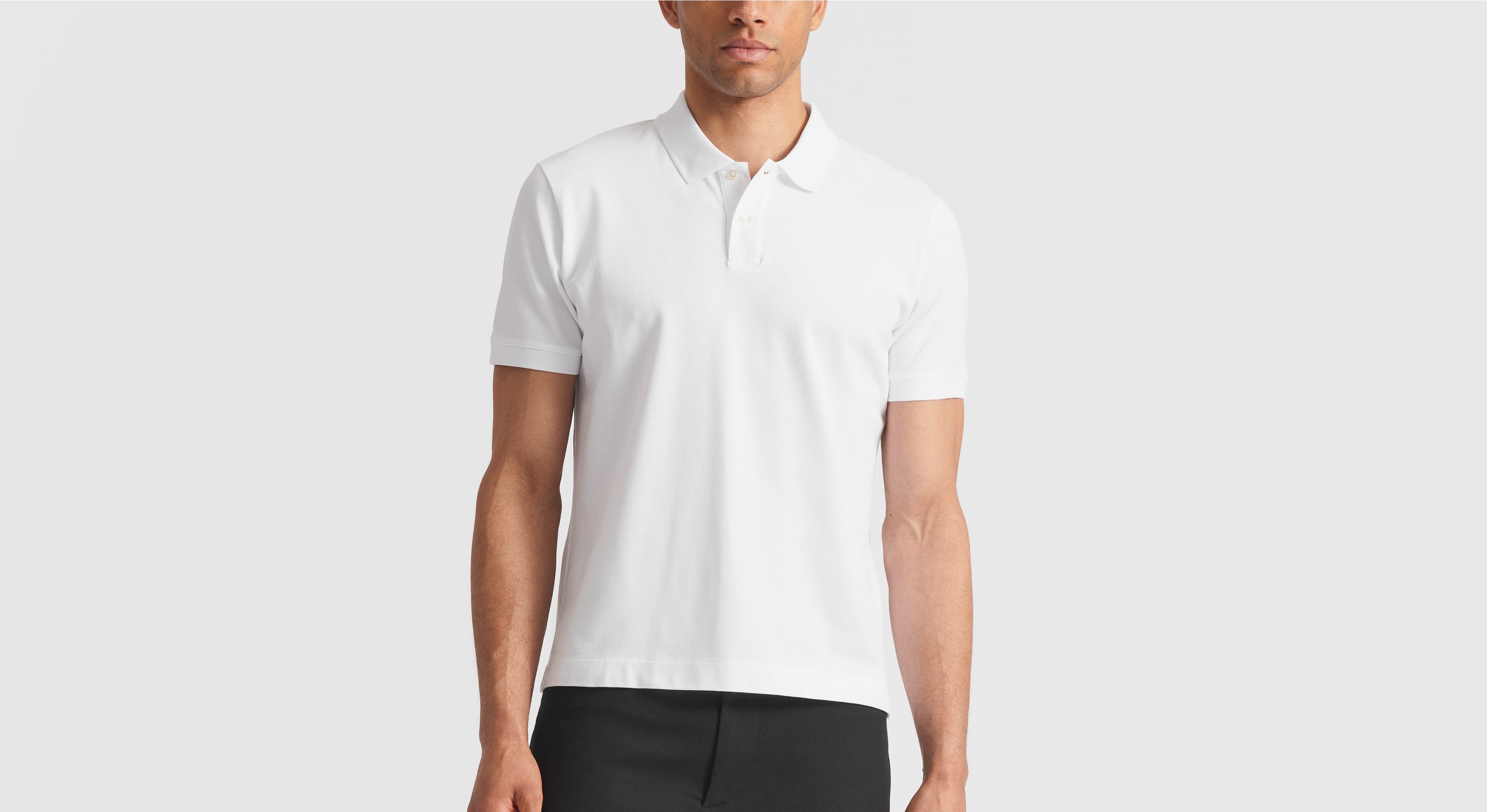
What is pique?
The polo is nothing without its unmistakable supportive material. Pique (pronounced pee-kay) is a structured knit fabric with a subtly raised, waffle-like texture. Originally developed for athletic wear, it offers both breathability and durability, with just enough give for movement.
The texture isn’t just aesthetic. It increases airflow and helps manage moisture, keeping the wearer cooler in warmer weather. Compared to smoother jersey knits, pique feels more weighty, and holds its shape better over time. That’s part of what gives the polo shirt its slightly elevated edge: it has the comfort of casual wear, with just enough architecture to look styled.
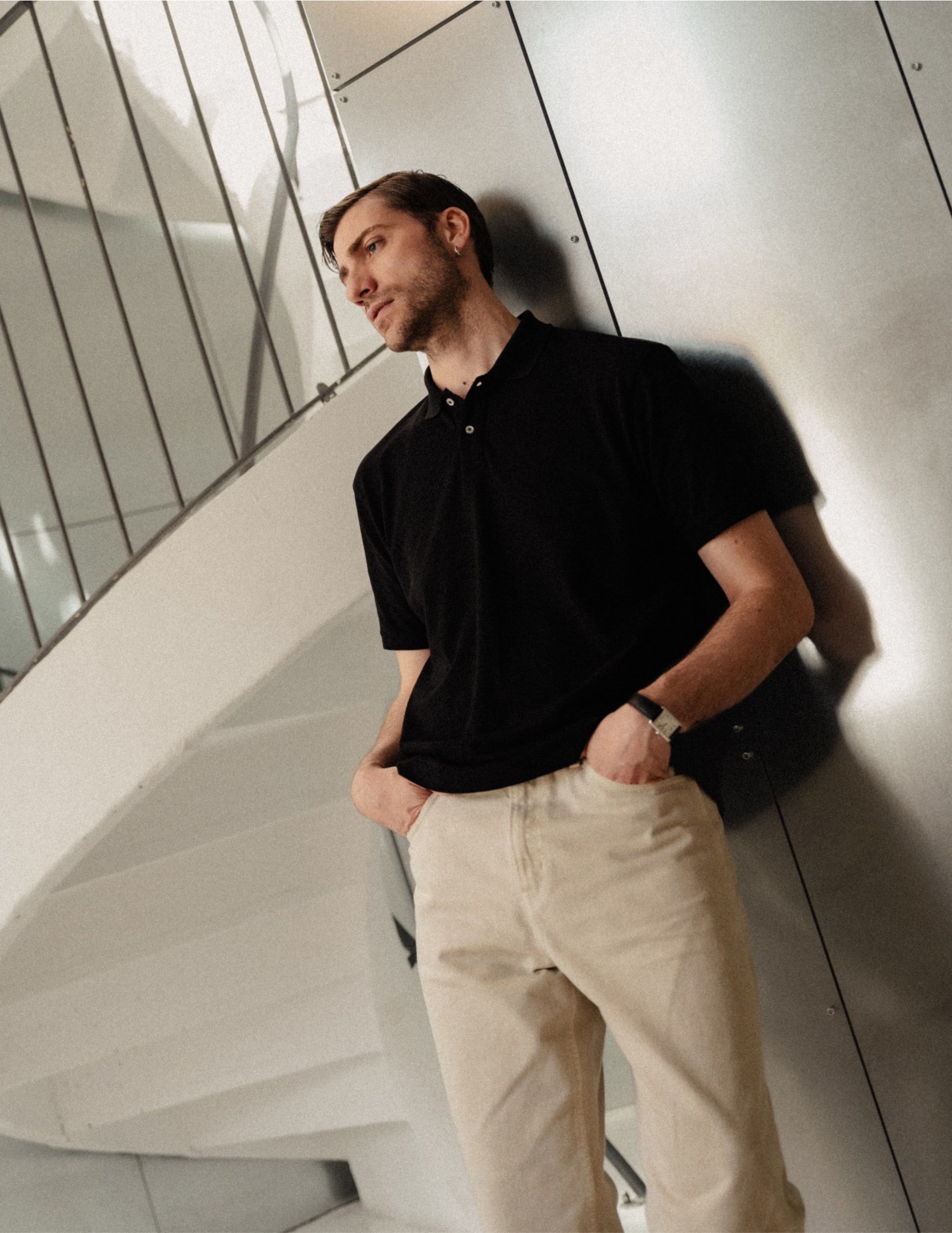
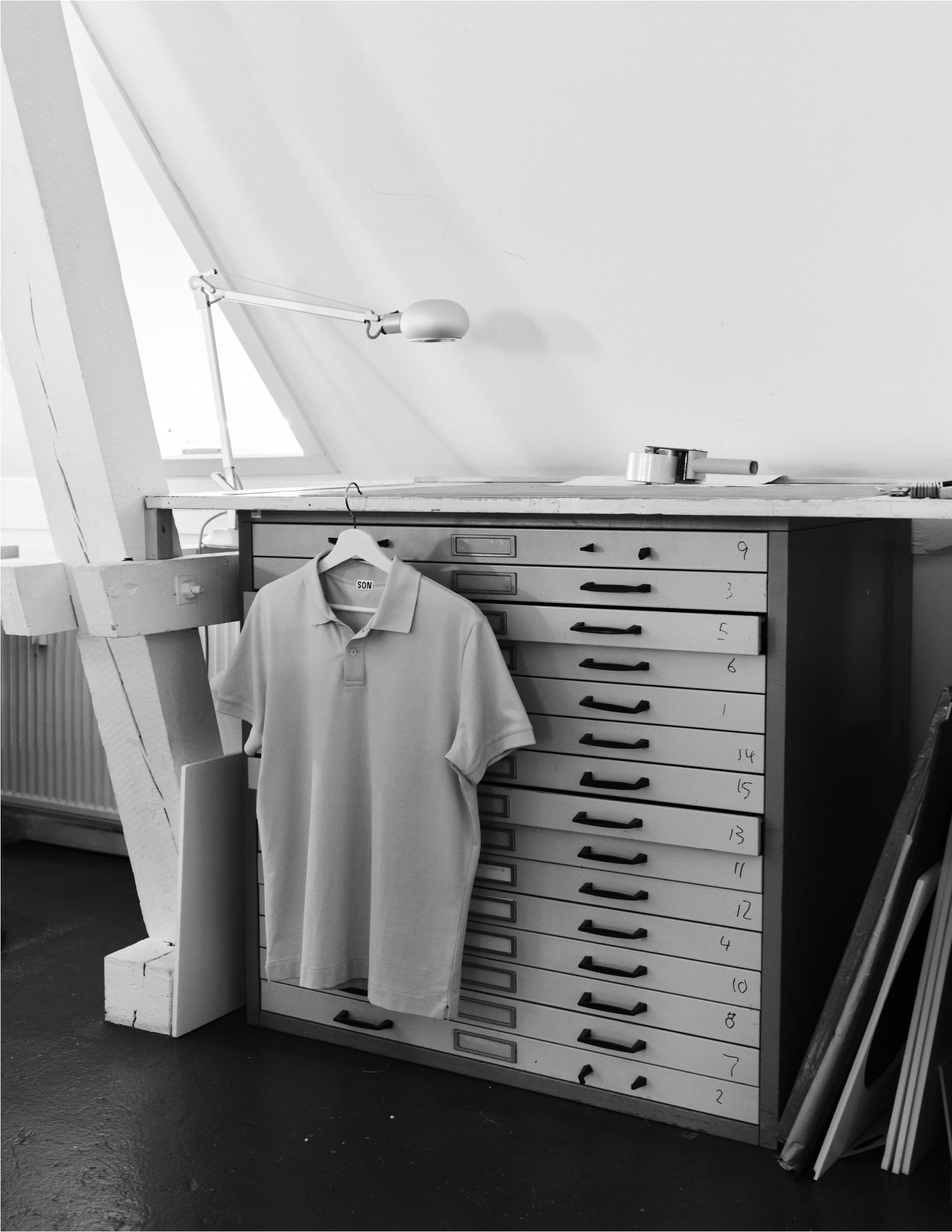
Our take
When we set out to launch our own pique polo shirt, the goal wasn’t to reinvent a classic, it was to embrace and to refine it. Now on our third iteration since May 2024, we listened to customer feedback throughout the years, revisiting design choices and reworking the garment from the fabric up to create our best version yet.
- Heavier-weight pique: We increased the fabric weight from 170 to 210 g/m², giving the shirt a more premium, substantial feel without sacrificing breathability and softness.
- 100% GOTS-certified organic cotton: Our cotton is certified by the Global Organic Textile Standard, meaning it’s grown without synthetic pesticides or GMOs, and processed with strict environmental and social responsibility. Better for the planet, better for your skin, and built to last.
- Structured collar: Reinforced for shape retention and a sharper silhouette that holds up over time.
- Wider self-fabric placket: Cut from the same material as the body for a cleaner, more cohesive look – no ribbed bands or contrast stitching.
- 4-hole tonal buttons: Subtle, sturdy, and selected for a relaxed but confident finish.
- Made to order in Portugal: Crafted by our trusted partners at Poltex, ensuring precision, durability, and no unnecessary waste.

Designed for daily life
The result is a pique polo that’s dexterous and adaptable. It feels just as at home on a warm commute as it does at a rooftop dinner. It’s clean, comfortable, and quietly structured. The kind of piece that doesn’t need to shout to be noticed.
